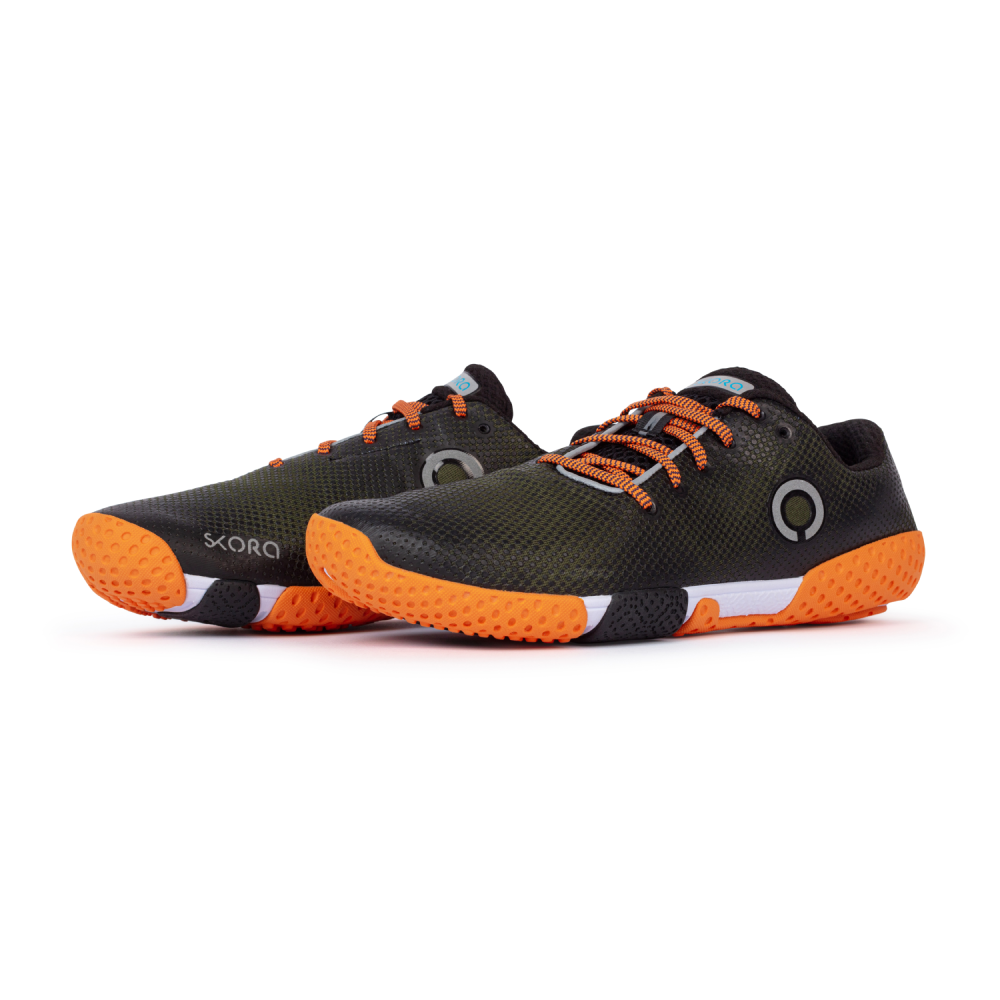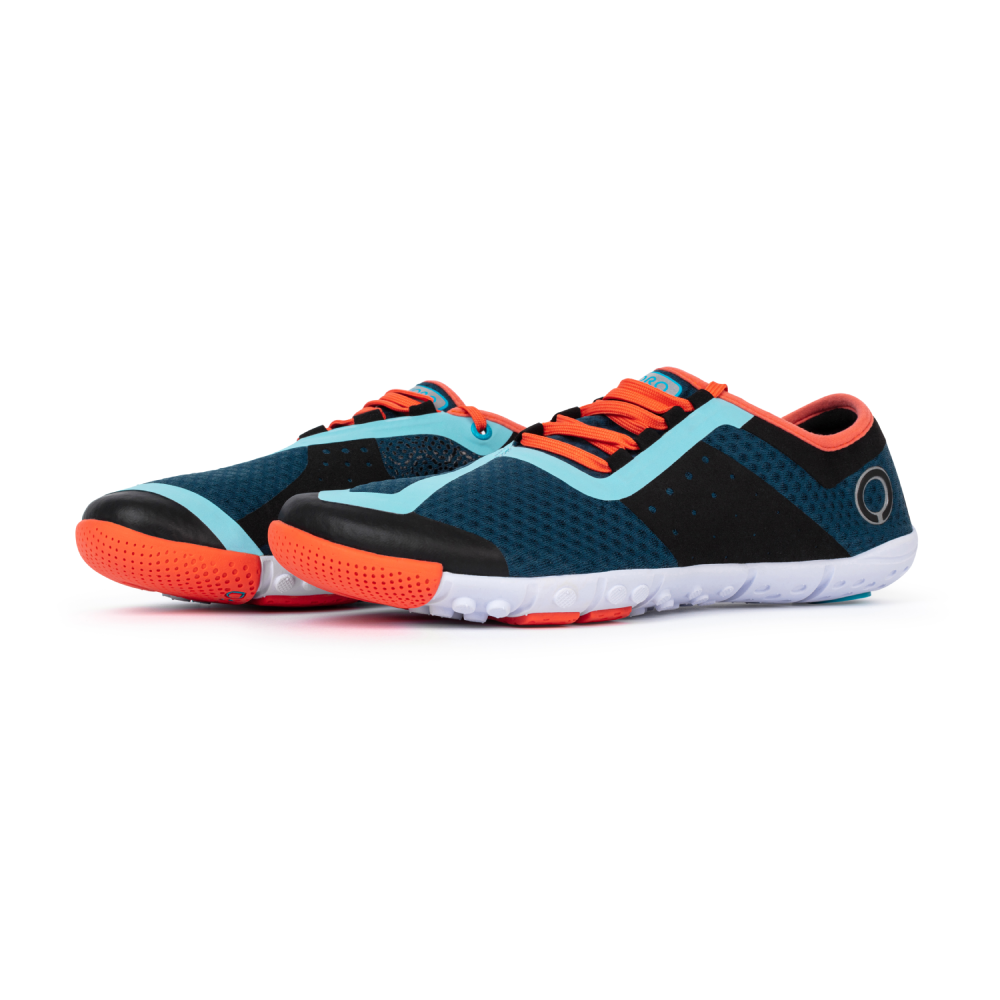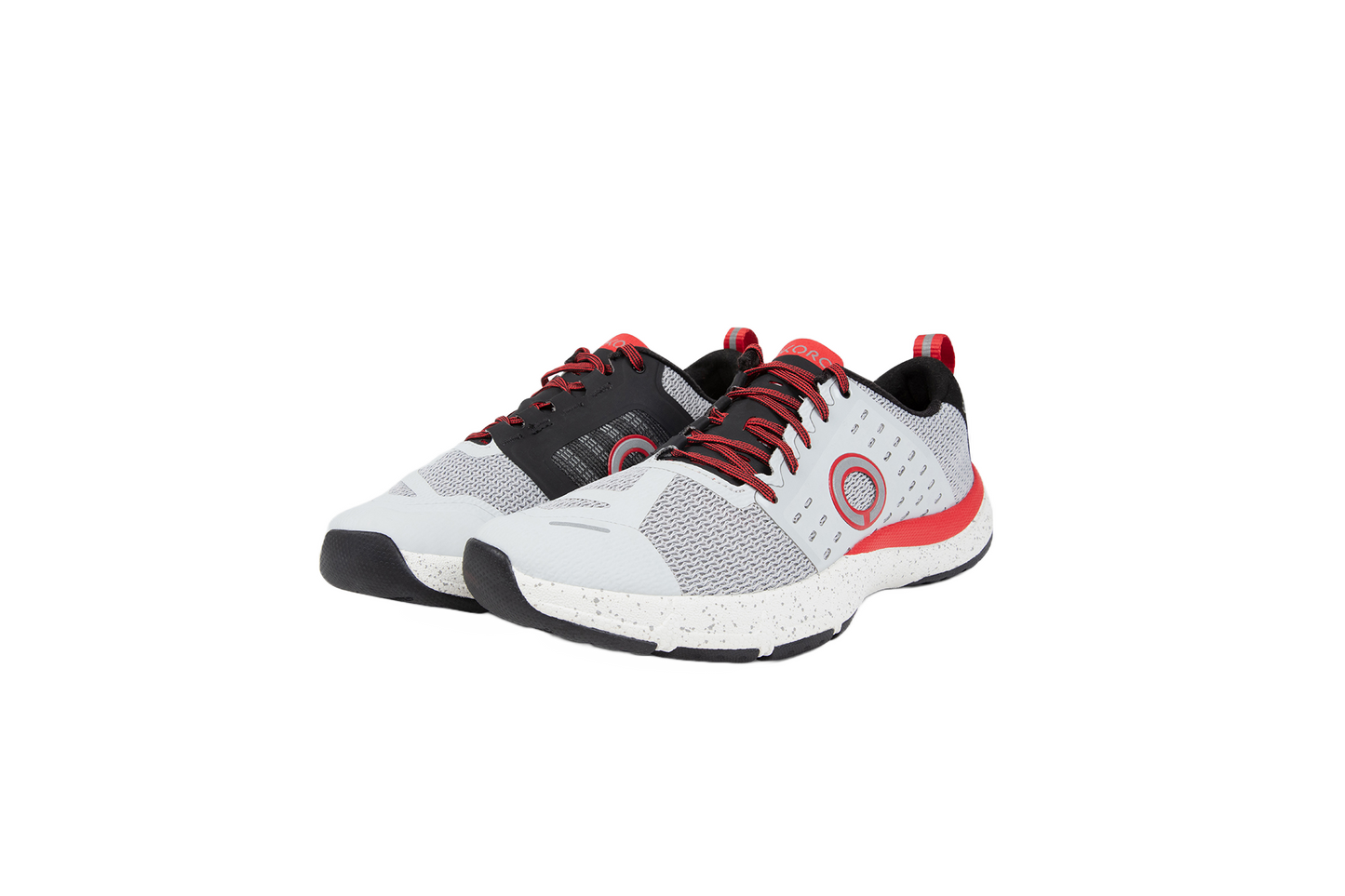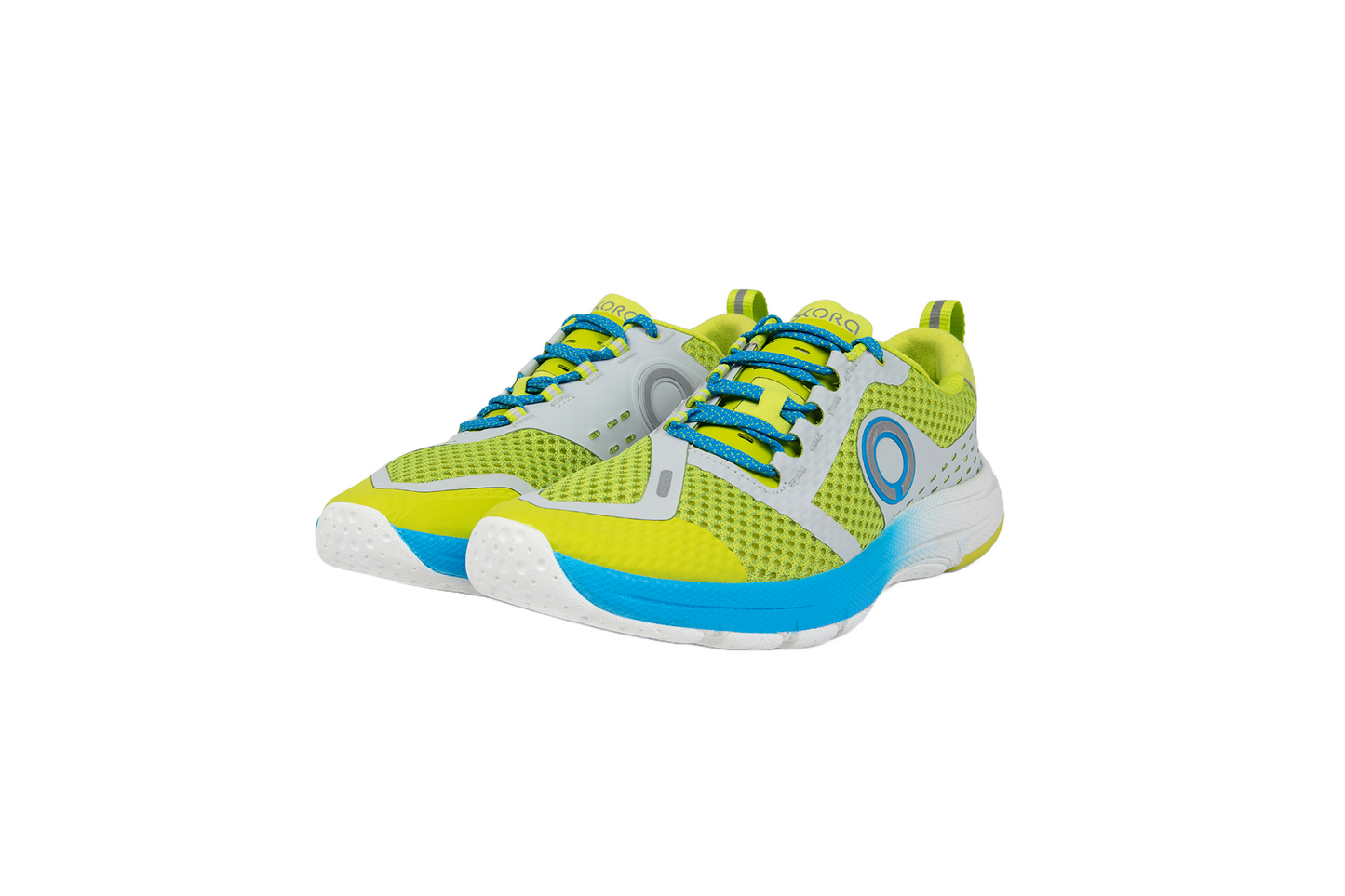Shin splints are unfortunately the subject of many running related questions.
Like most running injuries, the causes and remedies are often unclear and different for various situations and athletes.
Injuries are a method your body uses to tell you that something is not functioning properly. Often a muscle imbalance, muscle weakness, or running form issue is to blame.
It is true that changing shoes or stride may help resolve a pain. A calf compression sleeve or new shoes may modify your stride and thus cause you to utilize muscles differently. Even running faster than normal can help reduce pain via a modified stride compared to your habitual pace.
But this pain resolution is not fixing the actual problem – the muscle imbalance, muscle weakness, or form issue.
Shin splints are unfortunately the subject of many running related questions.
Like most running injuries, the causes and remedies are often unclear and different for various situations and athletes.
Injuries are a method your body uses to tell you that something is not functioning properly. Often a muscle imbalance, muscle weakness, or running form issue is to blame.
It is true that changing shoes or stride may help resolve a pain. A calf compression sleeve or new shoes may modify your stride and thus cause you to utilize muscles differently. Even running faster than normal can help reduce pain via a modified stride compared to your habitual pace.
But this pain resolution is not fixing the actual problem – the muscle imbalance, muscle weakness, or form issue.
Who, What, When
Shin splints are often experienced as a general soreness or tenderness at the front of the lower leg. Most often felt by new or inexperienced athletes or those making changes in their training.
Prevention
The best thing a runner can do to prevent shin splints (or any injury, for that matter) is to train consistently, not make any sudden changes in their training, and to provide time and opportunity for recovery and adaptation to workouts.
Train Consistently
This means not being a “weekend warrior” and irregularly running during the week and than trying to catch up on the weekends. For new runners especially, hard weekend workouts are simply too much of a rapid stress on the body.
No Sudden Changes
Gradual changes are important for many reasons. Chiefly because they are only a slight new type of stimulation. Not doing a bench press for a year and than walking into the gym and then testing your 1 rep max is not a gradual change. You could be sore for a week, if not injured!
In running, staying with gradual changes covers a broad range of topics. Increasing mileage, doing more road or trail running, adding in track workouts, moving more runs onto a treadmill during the winter, and even changing shoes.
Allow Recovery and Adaptation
This is the name of the game when it comes to improving fitness. You need a hard effort (such as a track workout) to provide stimulation, but you also need the recovery to take place. This could mean as much as 3 or 4 days before another difficult workout.
How to Deal With it
If you’ve come down with a bout shin pain, there are a number of steps you should take.
Running Form
Excessive dorsi-flexion of the ankle (bringing the toes up towards the shin) can put a lot of stress on the anterior tibialis, potentially resulting in shin splints. This can be remedied by a quicker cadence and shorter strides, focusing on landing with a flatter foot closer to under your center of mass.
Strength Work
Doing drills and general strength & mobility work.
Ice
Use a frozen paper cup of water to massage the area or an ice pack to cut down on the inflammation.
Time
Taking both time off from running if the shin pain is too severe and understanding that recovery is going to take a bit of time to happen.
You might also like: What to do if you get injured before a race
Subscribe to our newsletter & be entered into our monthly free shoe drawing!




